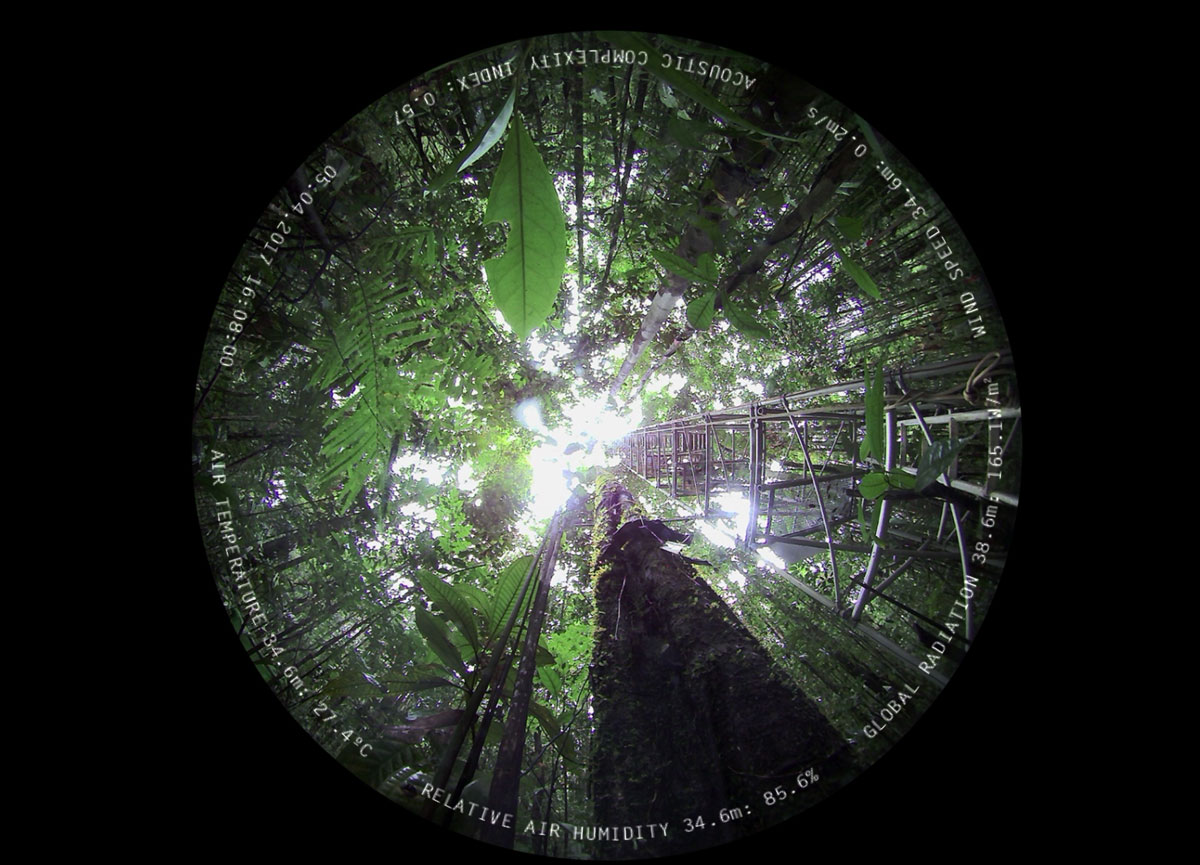ART CITIES: Basel-A Bruit Secret Hearing in Art
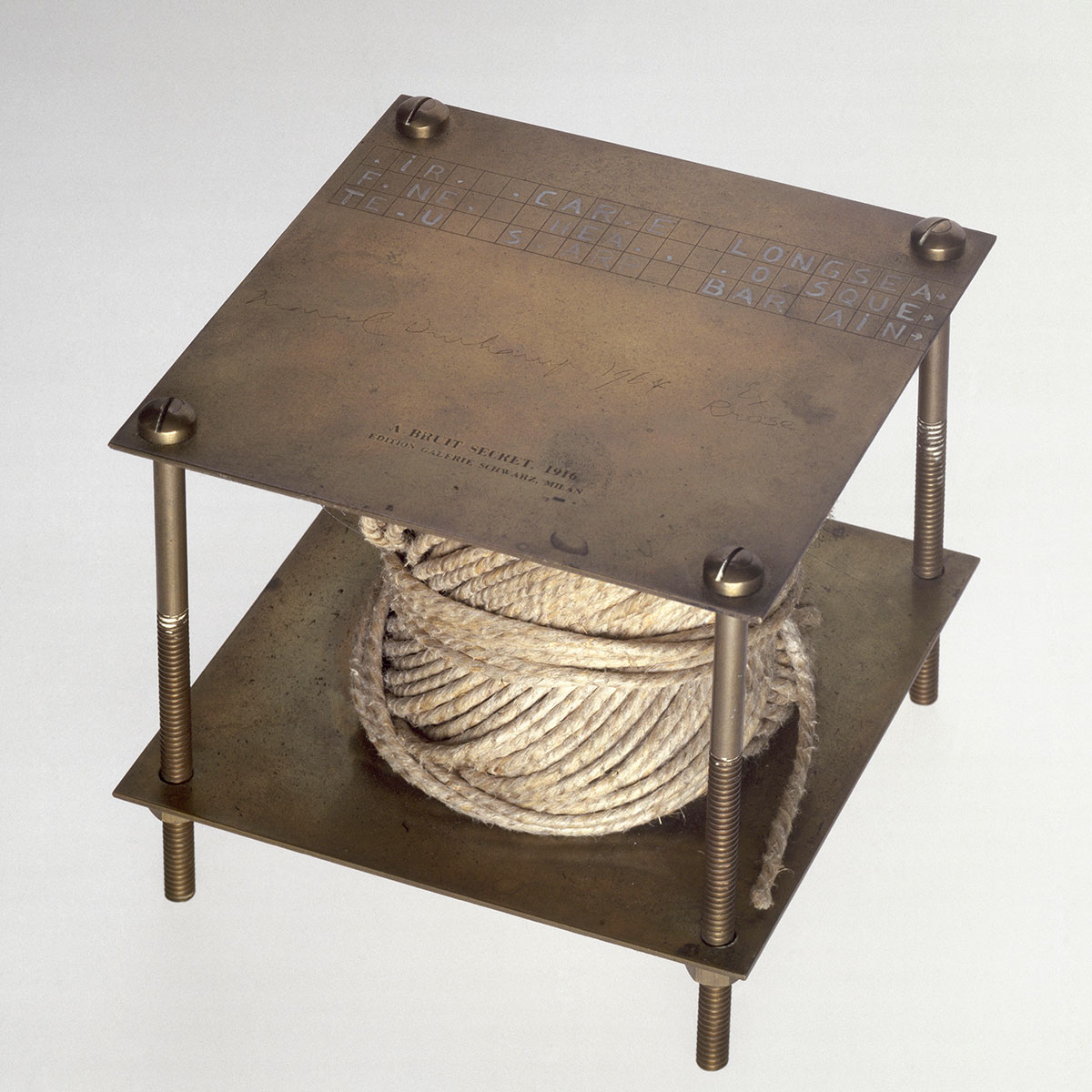 What does the Rhine sound like as it flows through Basel? What’s to be heard beneath the surface of the ocean? Can urban noise or the voices of animals and humans be used to make artworks? How have human activity and climate change altered the sounds of the jungle? Can soundwaves be perceived other than by our ears, and how can acoustic phenomena be visualized? The exhibition includes sculptures, multimedia installations, photographs, works on paper, and paintings dating from the Baroque period to the present day.
What does the Rhine sound like as it flows through Basel? What’s to be heard beneath the surface of the ocean? Can urban noise or the voices of animals and humans be used to make artworks? How have human activity and climate change altered the sounds of the jungle? Can soundwaves be perceived other than by our ears, and how can acoustic phenomena be visualized? The exhibition includes sculptures, multimedia installations, photographs, works on paper, and paintings dating from the Baroque period to the present day.
By Efi MIchalarou
Photo: Museum Tinguely Archive
“A bruit secret. Hearing in Art” is the fourth in a series of five themed exhibitions at Museum Tinguely dealing in experimental ways with the human senses. Focusing attention on hearing, which plays an important role in multisensory experiences of art, the exhibition offers various immersive and interactive encounters with familiar and less familiar soundscapes. Historical works as well as pieces created specially for the show, by 25 international artists, invite visitors to pay attention to what they are hearing, opening up acoustic fields usually hidden from the human ear. Comprising many different kinds of sound, the acoustic world surrounds humans like a universal «composition». What we hear evokes emotions, memories, and associations that are shaped by subjective and sociocultural factors and that vary over time. From the late 1960s, researchers like Canadian composer and sound theorist R. Murray Schafer divided our acoustic environment into soundscapes, distinguishing between three kinds: natural, technical, and human, with the latter including both the voice and music. Since the early twentieth century, if not before, the sounds of machines and technology have become ever more dominant, encroaching on the original sounds of nature all over the planet. Schafer called on us to refine our sense of hearing, laying important foundations for ecoacoustics, the study of how environmental factors and human activities impact on the acoustic aspects of ecosystems. A bruit secret takes inspiration from this call for a more differentiated perception of sounds. Multimedia artworks immerse museumgoers in various soundscapes from around the planet, with water, the natural environment animated by plants and animals, language as the basis of communication, and the dissonant noise of big cities all playing a part. The exhibition begins with the fascinating sonic world of “II reno” (2023), a new installation by German sound artist Christina Kubisch. Inside the Museum’s glass-sided footbridge, “la Barca,” hundreds of meters of blue copper wire form minimalist sound windows with views of the Rhine and the city of Basel. Wearing induction headphones specially developed by Kubisch, visitors strolling across the bridge and listening in on the wires can hear underwater sounds from the river below. In the next room, Marcel Duchamp’s readymade “A bruit secret (With Hidden Noise)” is joined by exemplary works of the early avant-gardes of the 20th century. The noise of motorized and industrialized everyday life, collages of word fragments, and sound poems, as well as the destructive sonic backdrop to the First World War, became important motifs in the art of Italian Futurists like Fortunato Depero or Filippo Tommaso Marinetti and Kurt Schwitters. In 1913, Italian Futurist Luigi Russolo called for the shrill sound «of trams, of combustion engines, of cars and noisy people» to be used as acoustic-aesthetic material.
After the Second World War, musicians, composers, and fine artists increasingly worked together across disciplines. Every kind of everyday sound, our various voices and languages, urban noise, but also silence-all of this became material for art. Artists like Robert Rauschenberg, Jean Tinguely, and Hermann Goepfert defined sounds (ephemeral and often dissonant) as sculptural materials with which they experimented in space while also appealing to our senses of sight and hearing. As well as integrating ‘objets trouves’ and electric motors into their sculptures, they also used recording and playback devices like radios. For the first time ever in Switzerland, Museum Tinguely presents Robert Rauschenberg’s “Oracle” (1962-1965), a five-part assemblage of found objects that exudes cacophonic radio sounds and that even features flowing water. Some of the works in the exhibition are based on scientific methods and findings, as in the case of E”spirito da floresta” (2017-2020), a walk-through multimedia installation by Swiss artist, researcher, and composer Marcus Maeder. Using special microphones, he gives access to acoustic phenomena in nature that we cannot usually hear, presenting them in the art context. “Espirito da Floresta” is based on recordings made in the Amazon to acoustically document the impact of deforestation and the influence of increased CO2 levels on plant growth, as well as the forest fauna. In Ursula Biemann’s video “Acoustic Ocean” (2018), the Sarni protagonist appears as a field researcher equipped with hydrophones and parabolic microphones to record the acoustic ecology of the waters around Norway’s Lofoten archipelago. On many levels, “Acoustic Ocean” addresses themes around water, its mysterious sounds, and the lifeforms that depend on it. In his audio and light installation of the series phantom streams, the young Danish sound artist Alexander Tillegreen deals with the psychoacoustic phenomenon of socalled ‘phantom words’. He works with auditory illusions and investigates how the acoustic comprehension and understanding of the content of edited sound recordings of single and multi-syllabic words in different languages functions in space. “For Something Going On Above My Head” (1999/2023), Columbian artist Oswaldo Macia collected audio recordings of 2000 different birds from four continents and used them to compose a 30-minute piece that fills the space, played back via megaphone loudspeakers. In the work “Musik fur die Augen” (1982), of which an exhibition copy is shown in the Museum Tinguely, Rolf Julius shows that as well as hearing with our ears, we can also sense the vibrations of invisible soundwaves with our eyeballs. Abstract compositions of shapes and colors have the power to evoke acoustic and even synaesthetic visual worlds, purely via the imagination, as demonstrated by Jorinde Voigt’s new series of reliefs “Rhythm” made of colored paper.
Works by: Kader Attia, Ursula Biemann, George Brecht, Pol Bury, Cevdet Erek, Dominique Koch, Christina Kubisch, Fortunato Depero, Marcel Duchamp, Isa Genzken, Hermann Goepfert, Rolf Julius, Frantisek Kupka, Oswaldo Macia, Marcus Maeder, Filippo Tommaso Marinetti, Carsten Nicolai, Emeka Ogboh, Meret Oppenheim, Nam June Paik, Alexander Tillegreen, Robert Rauschenberg, Dieter Roth, Luigi Russolo, Kurt Schwitters, Jean Tinguely, Bill Viola, Jorinde Voigt and James Webb
Photo: Marcel Duchamp, A bruit secret (With Hidden Noise), 1916/1964, Assisted Readymade: Bal\ of stnng and unknown object, secured between two brass plates by four long screws, 12, 7 x 15,2 x 15 cm, Achat, 1986, Centre Pompidou, Paris, Musee national d’art modeme – Centre de creatwn industriel\e, © Association Marcel Duchamp / 2023 ProLitteris, Zunch, Photo © Centre Pompidou, MNAM-CCI, Dist. RMN -Grand Palais / image Centre Pompidou, MNAM-CCI
Info: Curator: Annja Müller-Alsbach, Museum Tinguely, Paul Sacher-Anlage 1, Basel, Switzerland, Duration: 22/2-14/5/2023, Days & Hours: Tue-Wed & Fri-Sun 11:00-18:00, Thu 11:00-21:00, www.tinguely.ch/
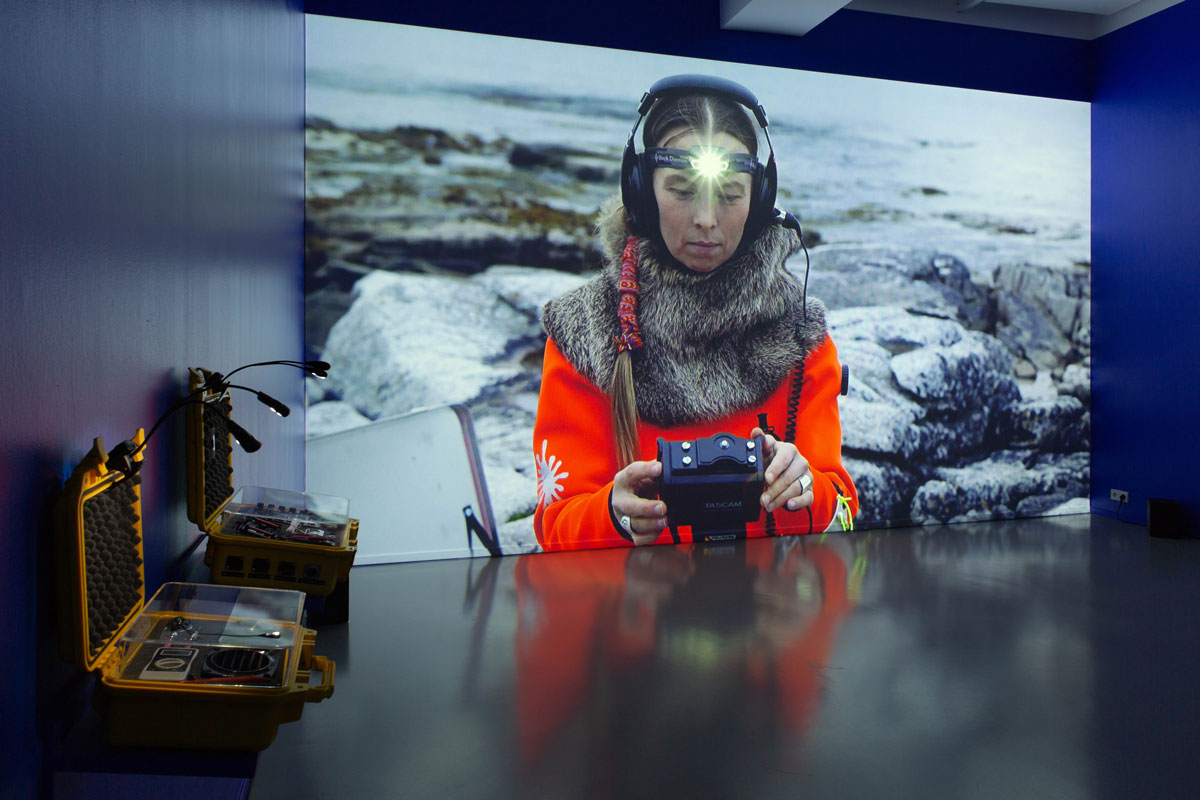
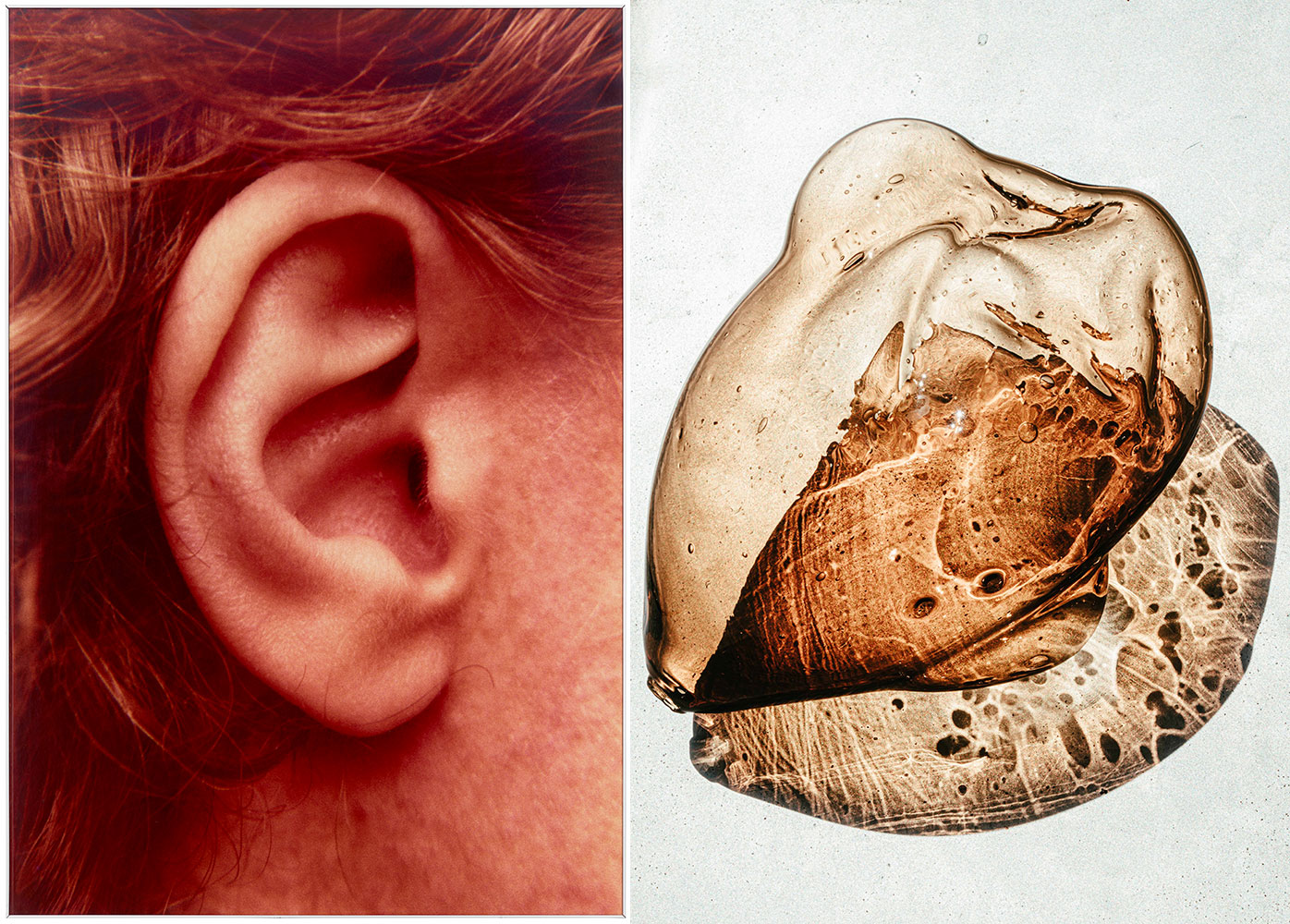
Right: Dominique Koch (in collaboration with Tobias Koch), Sound Fossil, 2022, Blown glass, unique Variable dimensions, © Dominique Koch & Tobias Koch; photo: © Jelena Luise
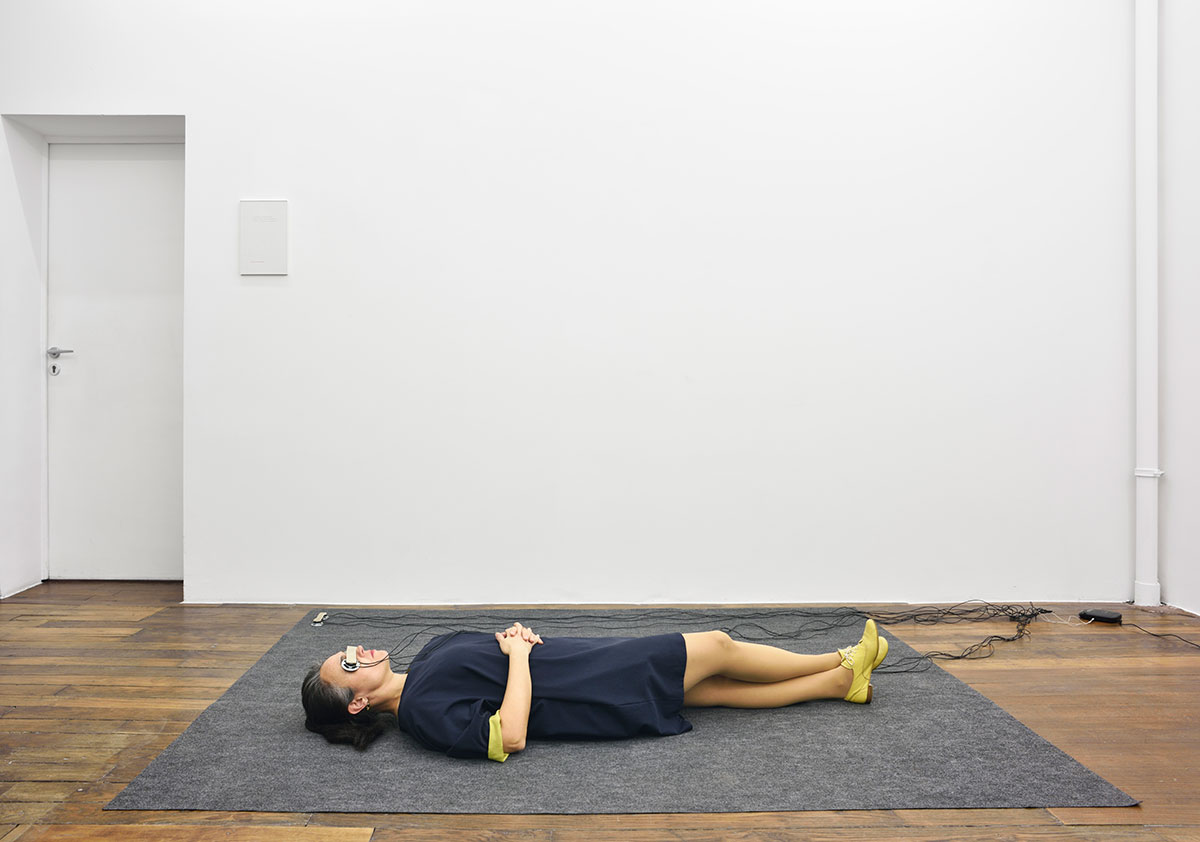
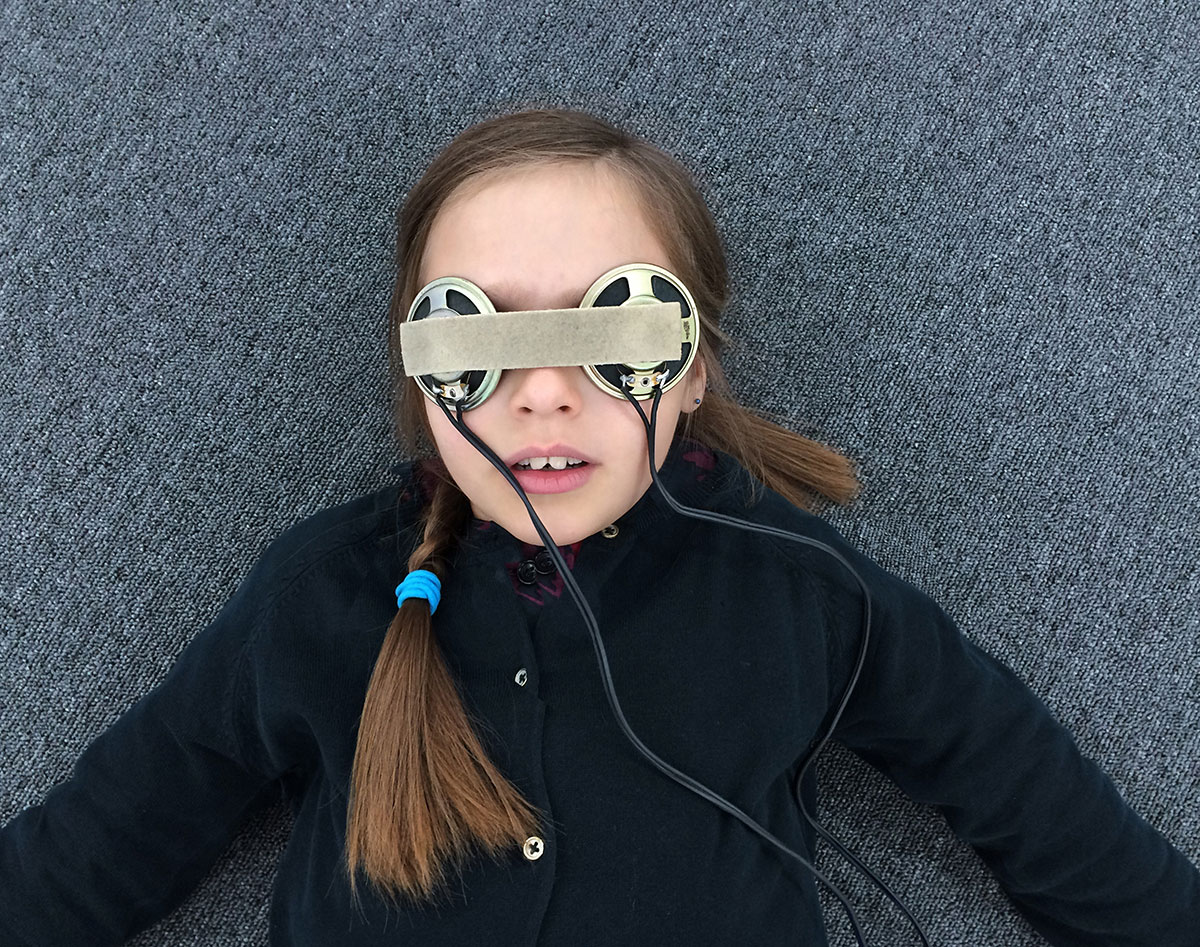
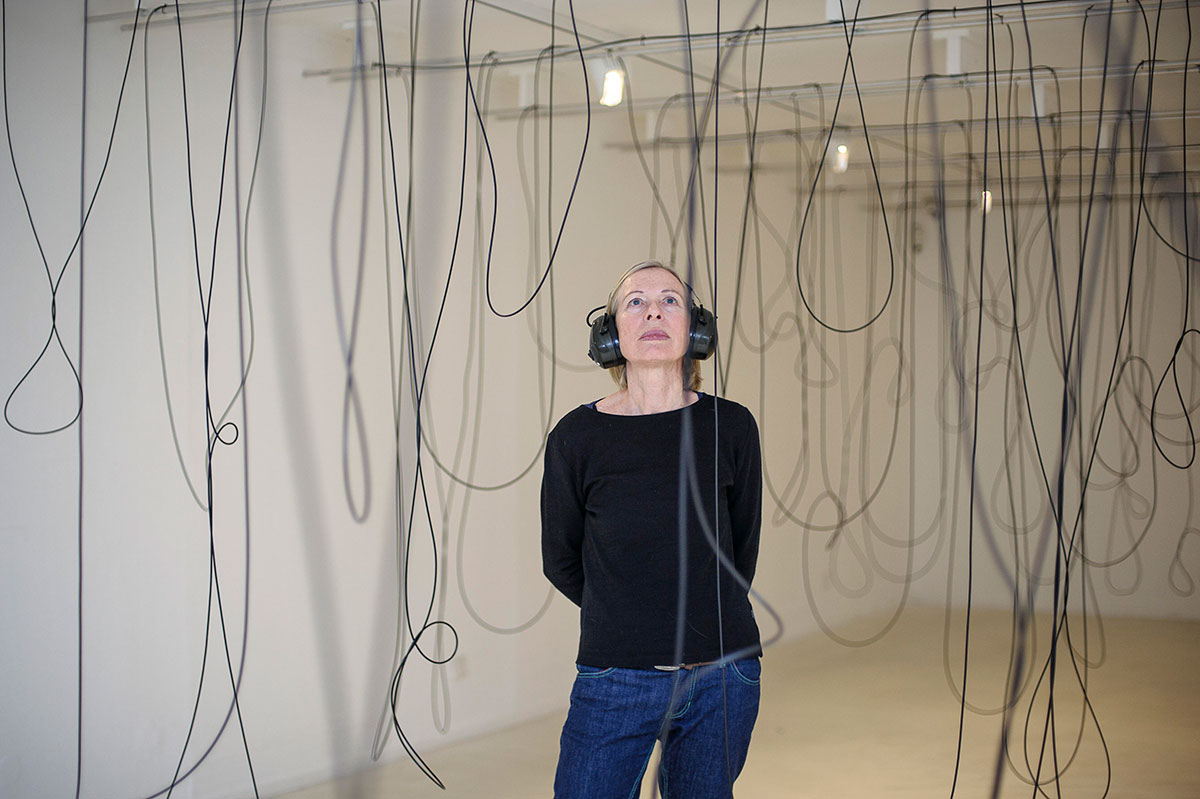
Christina Kubisch in her installation La Serra, 2019, Stadtgalerie Saarbrti.cken, © Christina Kubisch; photo: Kerstin Kramer
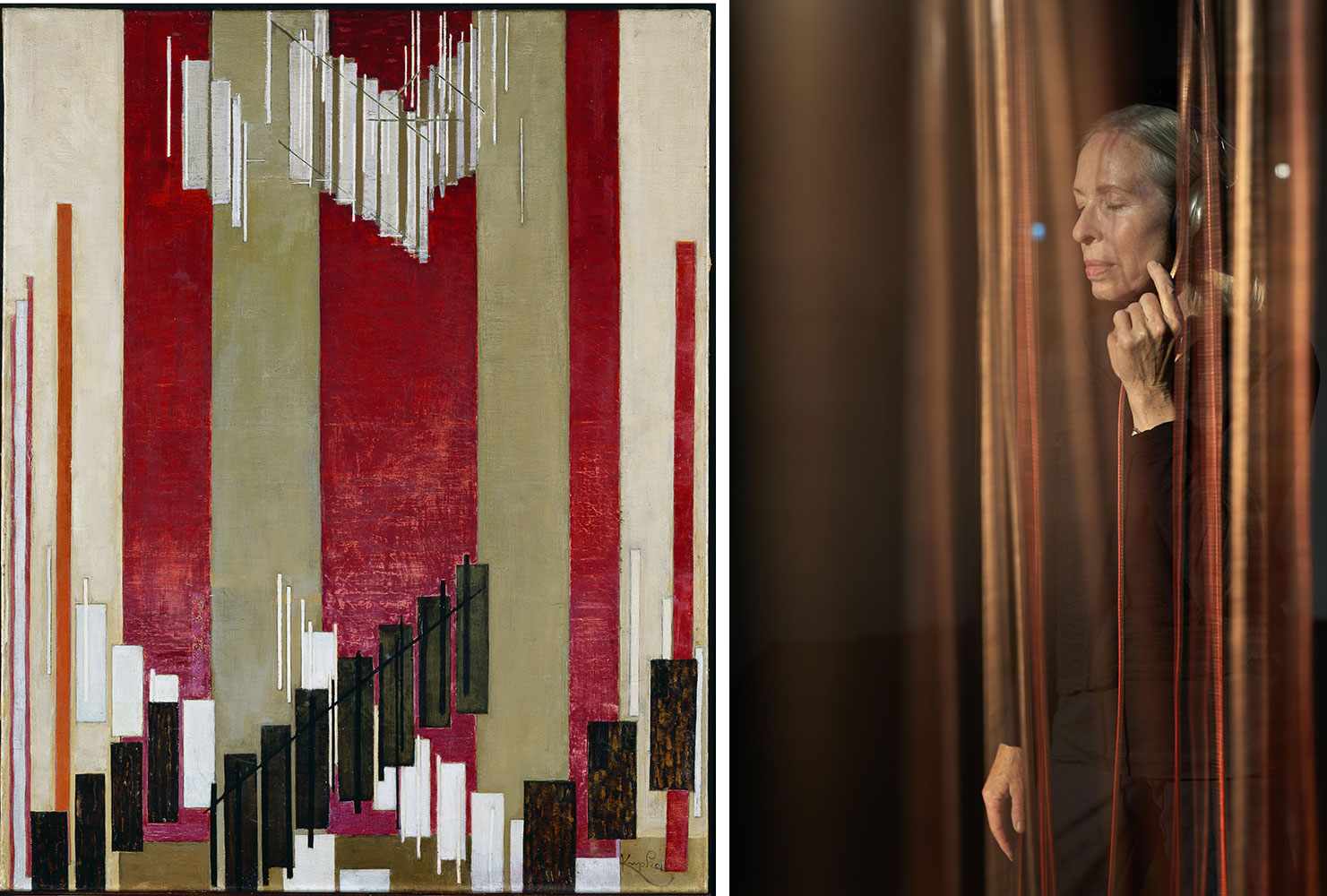
Right: Christina Kubisch in her installation Weaving, 2020, Atelier Nord, Oslo, © Christina Kubisch; photo: Istvan Vandor
